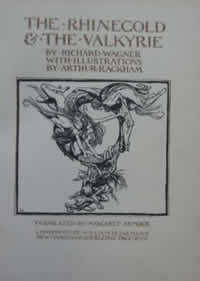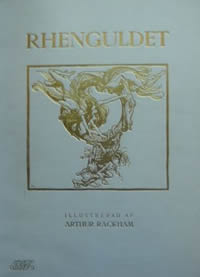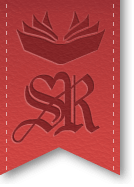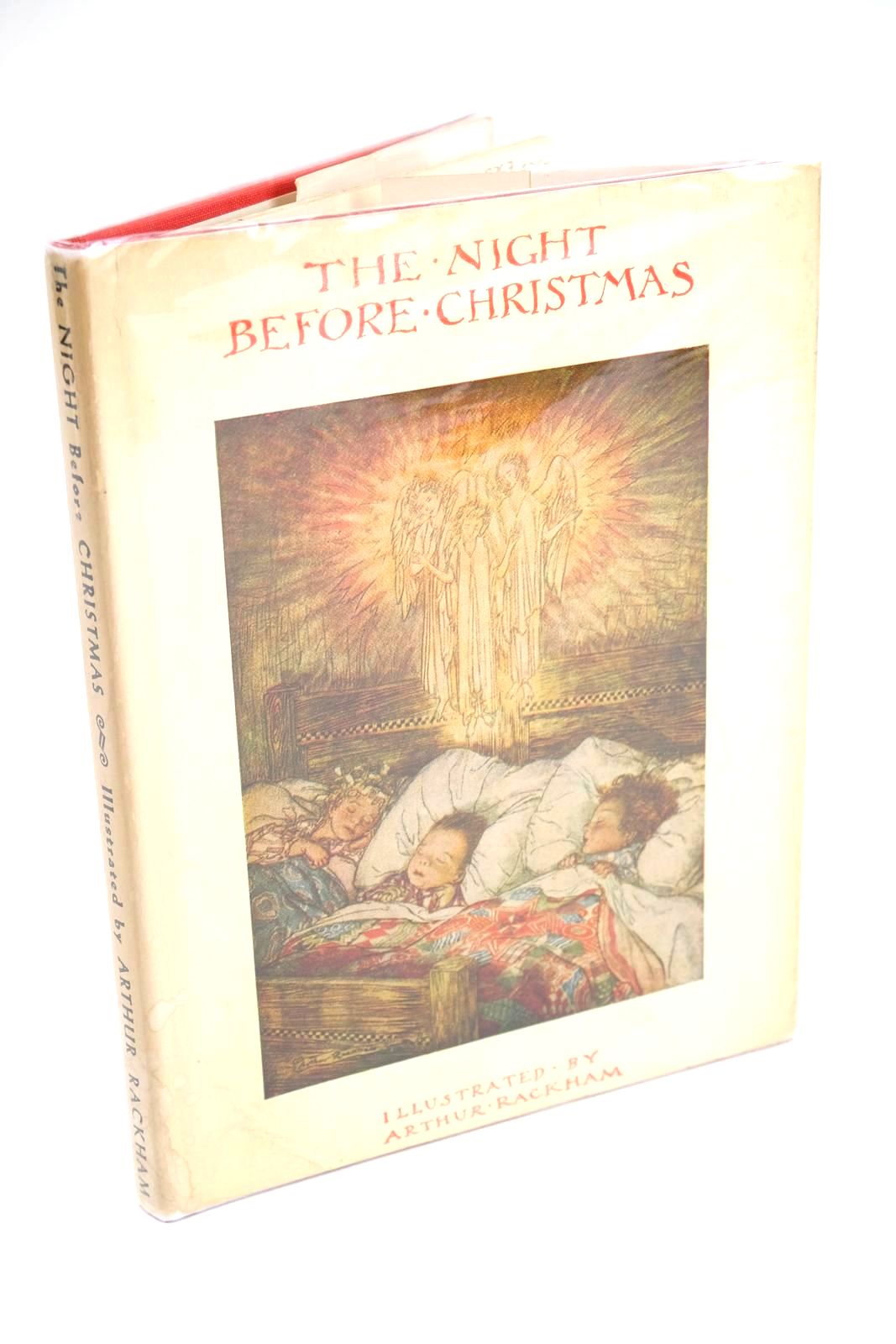The Ring Of The Niblung by Richard Wagner, Illustrated by Arthur Rackham

View current stock of Richard Wagner books
Richard Wagner, well-known composer & musician of the 1800's, spent 26 years from the age of 35 until he was 61, writing the text and composing the music for a four-part music-drama, Der Ring des Niebelungen (The Ring of the Niblung) which was first performed in 1876. The work is based on Norse and German mythology and the characters include gods, half-gods, nymphs, dwarves and giants. Humans do not appear on the scene until the second part of the music-drama which is Die Walkure (The Valkyrie).
 A powerful allegory of life, its conflicts, its triumphs and tragedies, The Ring of the Niblung has been compared to J.R.R. Tolkien's Lord of the Rings but Tolkien did not like Wagner and his interpretation of the German myths. He always found it annoying that his Ring was compared to Wagner's, saying 'Both rings were round but there the semblance ends.'
A powerful allegory of life, its conflicts, its triumphs and tragedies, The Ring of the Niblung has been compared to J.R.R. Tolkien's Lord of the Rings but Tolkien did not like Wagner and his interpretation of the German myths. He always found it annoying that his Ring was compared to Wagner's, saying 'Both rings were round but there the semblance ends.'
Left: The Rhinegold & The Valkyrie image of Titlepage
So what is this masterpiece about? It begins with The Rhinegold.
The Nibelungs are hard-working dwarves whose job it is to mine and forge valuable minerals. The three Rhine-daughters in this work are nymphs that guard the gold that lies at the bottom of the flowing Rhine .
Right: Fasolt Suddenly Seizes Freia and drags her to one side with fafner
The Rhine-daughters are of similar nature to mermaids and are able to seduce. The Nibelung Alberich in his quest for valuable minerals finds himself at the bottom of the Rhine and the Rhine-daughters seduce & then reject him. Alberich becomes enraged and hunts the three Rhine-daughters but they evade him.
 In the morning light, the Rhine-daughters bask in the lustre of the Rhinegold. Alberich is unable to see what is so special so the Rhine-daughters tell him of the power of the gold, that one who renounces all love may forge a Ring from this gold found in the Rhine. The one who forges the ring and keeps it is then able to win all riches and powers on the earth. They tell the love lorn Alberich that it will never happen and mock him. He renounces love and steals the gold and disappears and the Rhine-daughters mourn their loss. Alberich then forges the Ring of Power and the drama unfolds....
In the morning light, the Rhine-daughters bask in the lustre of the Rhinegold. Alberich is unable to see what is so special so the Rhine-daughters tell him of the power of the gold, that one who renounces all love may forge a Ring from this gold found in the Rhine. The one who forges the ring and keeps it is then able to win all riches and powers on the earth. They tell the love lorn Alberich that it will never happen and mock him. He renounces love and steals the gold and disappears and the Rhine-daughters mourn their loss. Alberich then forges the Ring of Power and the drama unfolds....
 The third and fourth parts of The Ring are entitled 'Siegfried ' and ' Gotterdammerung'' (Twilight of the Gods) respectively.
The third and fourth parts of The Ring are entitled 'Siegfried ' and ' Gotterdammerung'' (Twilight of the Gods) respectively.
Arthur Rackham's illustrated edition of The Ring of the Niblung first appeared in two volumes, the first published in 1910 entitled "The Rhinegold And The Valkyrie ", the second published the following year entitled " Siegfried And The Twilight Of The Gods ". By this time Rackham was already established as one of the leading decorative illustrators of the Edwardian era and now his genius was inspired to new heights by the fantastic world of Wagnerian myths. C.S. Lewis recorded his reaction when, at the age of thirteen, he first set eyes on Siegfried : 'Rackham's pictures seemed to me to be the very music made visible... I have seldom coveted anything as I covet that book...'
The Wagner illustrations represented an important achievement for Rackham. The drawings for Wagner gave him a theme, the Norse Myths, which appealed to his nordic sympathies. The two books contained a total of 64 magnificent tipped-in colour plates, displaying the Germanic inspiration evident in Rip Van Winkle and Midsummer Night's Dream and continuing through Undine and the Wagner books. The illustrations are a typical Rackham characterisation with meticulous attention to detail even in the black & white vignettes and borders.



In 1910 and 1911 a number of deluxe editions of Rackham's "Ring" were also published including translations in French, Swedish and German. These were limited to just several hundred numbered copies and were bound in white vellum or cloth with beautiful gold-stamped decorations to the covers. Some were also individually signed by Rackham. The English and French deluxe editions were produced in two volumes but in a larger format than the trade edition, while the Swedish edition was the same size as the trade edition but produced in four separate parts.
All of these books are highly prized and sought-after and make a wonderful addition to any collection of the works of both Wagner andRackham.



Above: Swedish Versions - Rhenguldet, Valkyrjan, & Sigfrid
Contributed by Sonia Bryant andChris Tomaszewski
(Published on 16th Dec 2014 )













